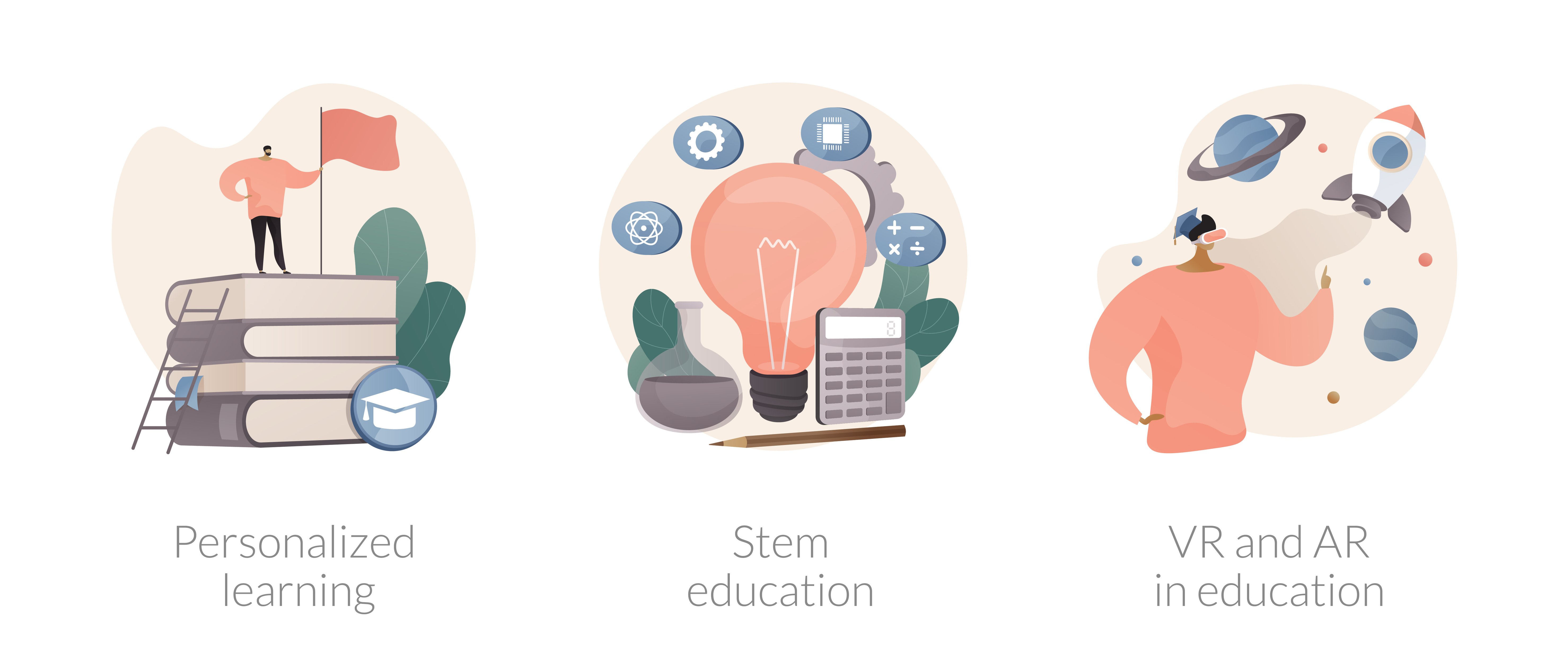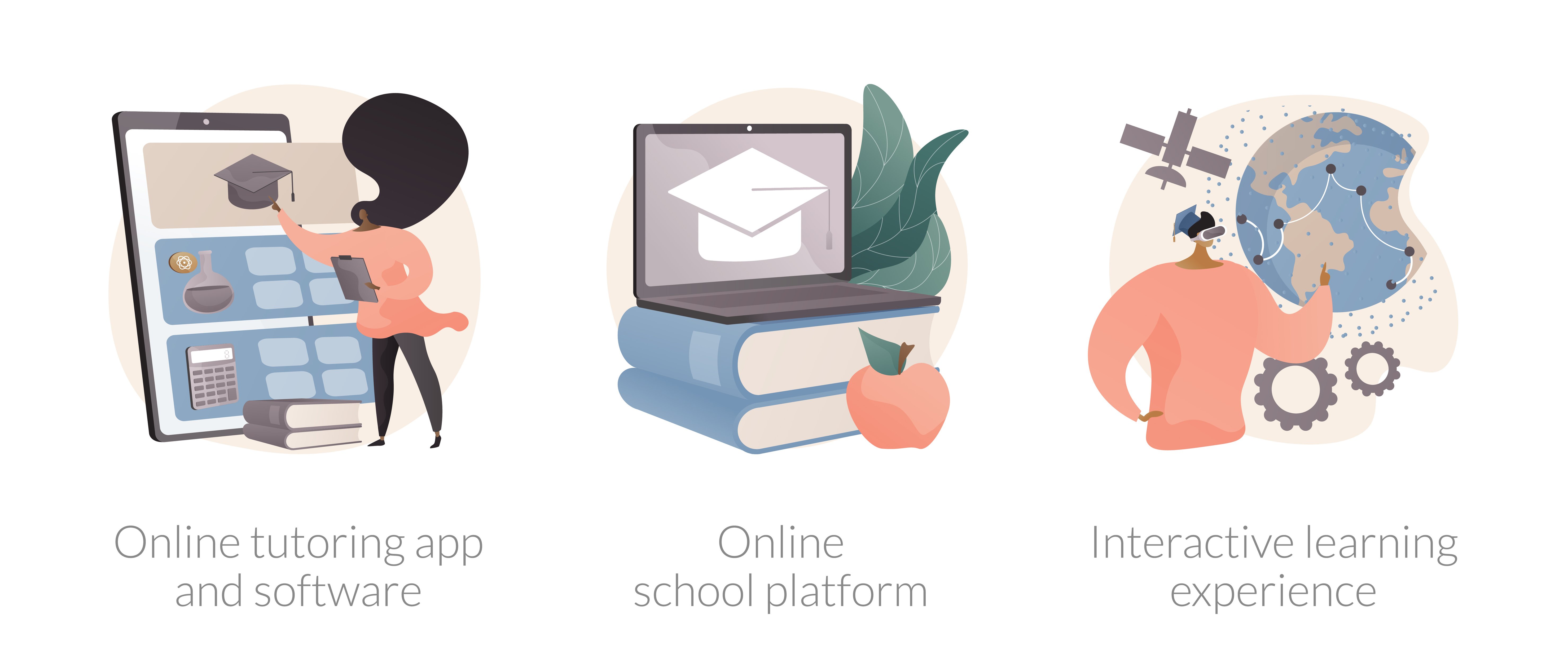Have you ever wondered what separates an unforgettable educational experience from a forgettable one? What makes some classrooms come alive with curiosity and engagement, while others seem to lull students into monotony? Traditional teaching methods are undergoing a profound transformation. Innovative teaching techniques are taking center stage, redefining the way we approach learning and teaching.
At the heart of innovative teaching techniques lies a profound shift towards a student-centric approach.
Fellow learning facilitator, by harnessing these techniques, you can go beyond the confines of conventional classrooms, prioritizing your students' active involvement in their learning journey. You will be able to create an environment where students are not passive recipients of knowledge but active participants in the process. Your students are encouraged to question, research, employ technology, and derive meaning from the materials provided.
By promoting critical thinking, comprehensive comprehension, imaginative exploration, and a heightened appreciation for subtleties, these methods hold immense significance for various compelling reasons:
- They cater to various learning styles, making education more inclusive and accessible.
- By encouraging active participation, they enhance knowledge retention and application.
- They stimulate critical thinking and problem-solving skills, equipping students for real-world challenges.
- They nurture creativity and innovation, essential skills in the 21st-century job market.
- They contribute to students' overall well-being by fostering socioemotional skills and interpersonal relationships.
As we delve deeper into the world of innovative teaching techniques, we'll uncover a diverse array of strategies and skills that will empower you to unlock the full potential of your students, creating a more engaging and effective learning environment.

Innovative teaching strategies and tools
Here are some of the most effective innovative teaching strategies and tools selected by EHL's expert teaching facilitators that you can start using right away in your classroom.
Personalized learning
Personalized learning is a student-centered approach that customizes the learning process to cater to individual needs and preferences. It acknowledges that each student learns differently and adapts instruction to their unique capabilities, helping them achieve their full potential. Personalized learning encompasses strategies such as blended learning and adaptive learning.
- Blended learning: This strategy empowers students by giving them control over their learning journey while the teacher serves as a facilitator. This approach combines in-person classroom instruction with online resources, providing students with flexibility and autonomy in how they acquire knowledge.
- Adaptive learning: harnesses technology to personalize the educational experience. It collects data from students' responses and actions, allowing for immediate feedback and adjustments to the lesson plan. This approach ensures that each student receives the support and challenges they require to excel.
Implementation tips:
- Assess your students' learning styles, strengths, and weaknesses to create individualized learning plans.
- Incorporate a mix of digital and traditional resources to accommodate diverse preferences.
- Monitor your students' progress regularly and adjust instruction accordingly to ensure they stay on the right path.
- Encourage collaboration and peer learning among your students by utilizing online discussion forums or group projects.
- Provide clear guidelines and expectations for your students to manage their time effectively.
Project-based learning
Project-Based Learning (PBL) is an approach that engages students in exercises where they must identify a real-world problem and devise a solution. It encourages active learning and the development of skills like research, critical thinking, problem-solving, and collaboration.
Implementation tips:
- Select real-world issues that resonate with your students and align with the curriculum.
- Break the project into manageable steps, guiding them through research, analysis, and solution development.
- Encourage teamwork and communication skills by assigning group projects, allowing your students to learn from each other's perspectives.
- Use tools like Google Docs or Trello for collaboration and project management.
Jigsaw method
The Jigsaw Method is a cooperative learning technique that involves dividing students into small groups. In each group, members are assigned distinct pieces of information or content that they must thoroughly understand, intending to teach it to another group. This approach encourages active learning, interaction, and mastery of the subject.
Implementation tips:
- Form diverse groups, ensuring that each group has members responsible for different pieces of information.
- Provide clear guidelines and timelines for information sharing and group teaching.
- Encourage your students to collaborate, discuss, and synthesize their assigned information to present it effectively to their peers.
- Foster an atmosphere of mutual respect and support, emphasizing that everyone's contribution is essential to the collective understanding of the topic.
Gamification and game-based learning
Gamification and game-based learning leverage game elements and principles to make education more engaging. Gamification incorporates game mechanics, like points and leaderboards, into non-game contexts, while game-based learning involves using educational games to teach specific concepts.
Implementation tips:
- Choose games or gamification elements that align with your learning objectives.
- Ensure personalization and adaptability in the gaming experience to suit your students' needs.
- Use digital platforms or gamification tools like Kahoot! Or Classcraft to create interactive lessons.
Flipped classroom
The Flipped Classroom is a teaching strategy that restructures the traditional classroom setting. In this approach, your traditional lectures are moved outside of class, usually through video lessons or online materials. Class time is then dedicated to activities such as research, application of knowledge, problem-solving, and assessment. The Flipped Classroom strategy emphasizes complex reasoning and problem-solving skills, as your students will engage in active learning during face-to-face interactions.
Implementation tips:
- Create engaging and concise video lessons or online content for your students to review before class.
- Design in-class activities that promote collaborative learning and critical thinking, such as group discussions, problem-solving challenges, or hands-on experiments.
- Provide support and guidance during in-class activities to ensure that your students are actively applying what they learned independently.
- Use technology and learning management systems (LMS) to track your students' progress and assess their comprehension of the material.
Use of QR codes
The use of QR codes in education involves utilizing Quick Response (QR) codes, which can be scanned with a digital device to access information, resources, or multimedia content. These codes can be strategically placed in the classroom, textbooks, or educational materials. QR codes enhance the learning experience by allowing your students to access supplementary materials, engage in interactive activities, and promote self-directed learning.
Implementation tips:
- Create QR codes linked to relevant websites, videos, documents, or online quizzes that support your curriculum.
- Incorporate QR codes in printed materials, presentation slides, or classroom displays to provide easy access to additional information.
- Encourage your students to use their smartphones or tablets to scan QR codes and explore content at their own pace.
- Foster active learning by designing interactive assignments or scavenger hunts where your students must scan QR codes to retrieve clues or information needed to complete tasks.
Inquiry-based learning
Inquiry-Based Learning is a teaching method that encourages curiosity and actively engages students in the material. In this approach, your traditional role as teacher shifts from being the sole source of knowledge to a facilitator of inquiry. Your students are given the authority and responsibility to explore topics, ask questions, and seek answers independently or in groups. This method promotes critical thinking, problem-solving, and a more in-depth understanding of the subject.
Implementation tips:
- Design open-ended and thought-provoking questions that pique your students' curiosity and align with your curriculum.
- Encourage your students to conduct research, gather evidence, and draw conclusions through guided inquiry.
- Foster a classroom culture where it's safe to ask questions and express curiosity, and where your students actively engage in discussions and debates.
- Provide opportunities for your students to present their findings and share their insights, promoting a sense of ownership over their learning.

Culturally inclusive teaching
Culturally Inclusive Teaching is an approach that connects the subject to the cultures and backgrounds of the students in the classroom. It aims to establish a personal connection between the content and the learners, making it relevant and relatable to their experiences. This approach will promote diversity, inclusivity, and a sense of belonging among your students.
Implementation tips:
- Incorporate diverse perspectives, authors, and cultural references into your curriculum and learning materials.
- Encourage your students to share their own cultural experiences and viewpoints, fostering a rich exchange of ideas.
- Create an inclusive and respectful classroom environment where all your students' feel valued and heard.
- Acknowledge and celebrate cultural diversity through classroom activities, guest speakers, or thematic units that highlight various cultures and traditions.
Flexible learning environments
Flexible Learning Environments are classroom setups that allow students the flexibility to choose how and where they learn. These environments provide opportunities for students to work independently, communicate with peers, collaborate on projects, engage in free-thinking, and participate in group debates. You will successfully cater to diverse learning styles and preferences, promoting one-on-one learning, collaboration, and critical thinking.
Implementation tips:
- Arrange the physical classroom space to accommodate various learning activities, including individual workstations, group discussion areas, and flexible seating arrangements.
- Use technology and online platforms to facilitate asynchronous learning and collaboration outside of regular class hours.
- Encourage your students to take ownership of their learning by allowing them to choose learning paths and projects that align with their interests.
- Promote peer learning and group dynamics by providing opportunities for your students to collaborate on assignments, discussions, and projects in flexible settings.
Future perspectives: Concepts to inspire tomorrow's education
In the classrooms of the future, interactive lessons will replace passive lectures, where students eagerly voice their thoughts and ideas, making learning a vibrant dance of discovery. This evolving educational landscape invites us to embrace transformative trends that will reshape the learning experience. Here are a few worth mentioning:
- Virtual Reality (VR) technology will transport learners to immersive worlds, bringing history to life and allowing them to interact with 'real' objects.
- Artificial Intelligence (AI) will stand as an unwavering ally to educators, personalizing each student's journey and unlocking their unique brilliance.
- 3D printing will transform abstract concepts into tangible realities, making learning an engaging and tactile adventure.
- And cloud computing will provide a limitless space for collaboration, making education a seamless and connected experience.
The role of a learning facilitator in implementing innovative teaching techniques
At the heart of your responsibilities is the art of facilitating learning: guiding the learning process, providing support to your learners, and ensuring that the learning objectives are met.
To do so, you should meticulously craft clear learning objectives, design captivating activities, and offer constructive feedback, ensuring that the educational journey is nothing short of transformational. And the above-mentioned techniques can help you in this endeavor. They can help you create a safe and nurturing space where your students can express their concerns, access valuable resources, and venture into independent study with confidence. You will have to vigilantly monitor their progress, gauge their comprehension, and fine-tune learning activities to meet their evolving needs.
So do not hesitate to embrace these techniques and test them out in your classroom. By doing so, you will transform your students' learning experience.






